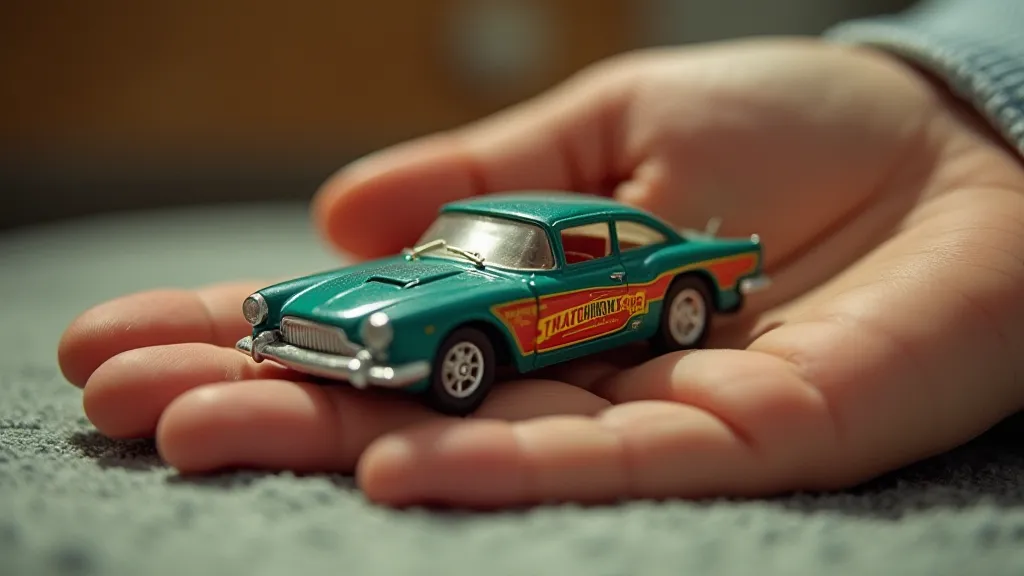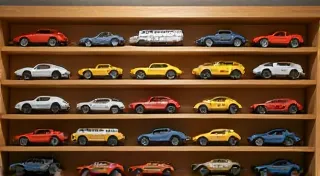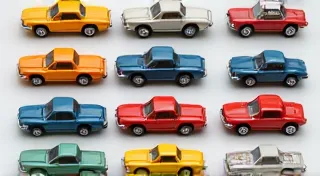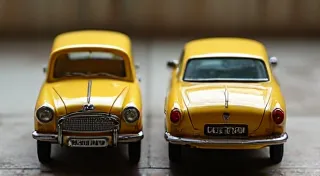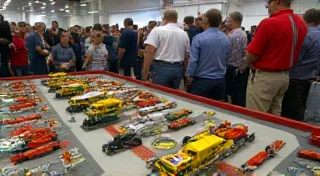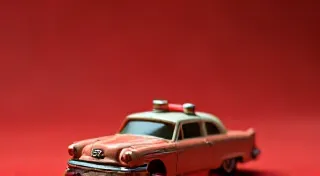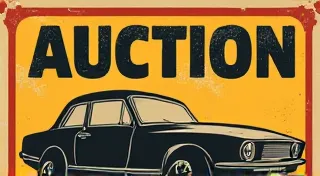Spotlight on the 1970s Matchbox Superkings
The 1970s witnessed a significant shift in the world of Matchbox toy cars. While the smaller, iconic models remained popular, Matchbox introduced a new series that catered to a growing demand for larger, more detailed vehicles: the Superkings. This article explores the history, characteristics, and appeal of these larger-scale Matchbox models, a cherished addition to any vintage toy car collection. Understanding their place in the broader history of Matchbox requires delving into the brand's evolution, a journey well documented in The History of Matchbox Cars: From Lesney to Mattel.
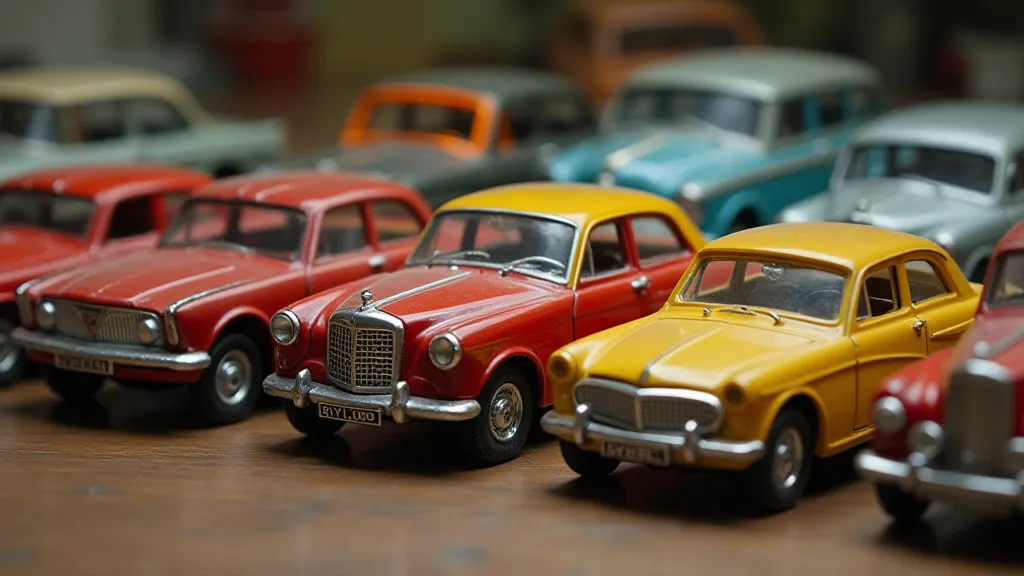
The Rise of Superkings: Responding to Demand
By the early 1970s, children and collectors alike were expressing a desire for larger, more realistically detailed toy cars. The smaller Matchbox models, while beloved, had limitations in their ability to showcase intricate details. Matchbox recognized this opportunity and began development on a new line of vehicles that were approximately twice the size of the standard models. This resulted in the Superkings series. The increasing sophistication in toy car design reflected broader trends in manufacturing, but also signaled an increased interest in accurate representations of real-world vehicles, often inspired by the thrilling world of racing and motorsport.
Key Features and Characteristics
Superkings models were instantly recognizable due to their size and enhanced detail. Here's a breakdown of what set them apart:
- Size: Roughly 5 inches long, significantly larger than standard Matchbox models.
- Detailing: Increased intricacy in body lines, interior components (often including seats and dashboards), and exterior features like bumpers and mirrors. The level of detail was a clear response to a more discerning collector base.
- Opening Features: Many Superkings models featured opening hoods, doors, and trunks, allowing for greater appreciation of the internal design. This allowed for a level of play and display that simply wasn’t possible with the smaller models.
- Moving Parts: Some models incorporated functional steering and suspension. This wasn't just about looks; it aimed to capture the feel and functionality of a real car.
- Variety of Vehicles: The Superkings range included a diverse selection of cars, trucks, vans, and even racing vehicles, reflecting the automotive landscape of the era. The design choices were often inspired by the cutting-edge cars of the time, reflecting the excitement and innovation within the automotive industry.
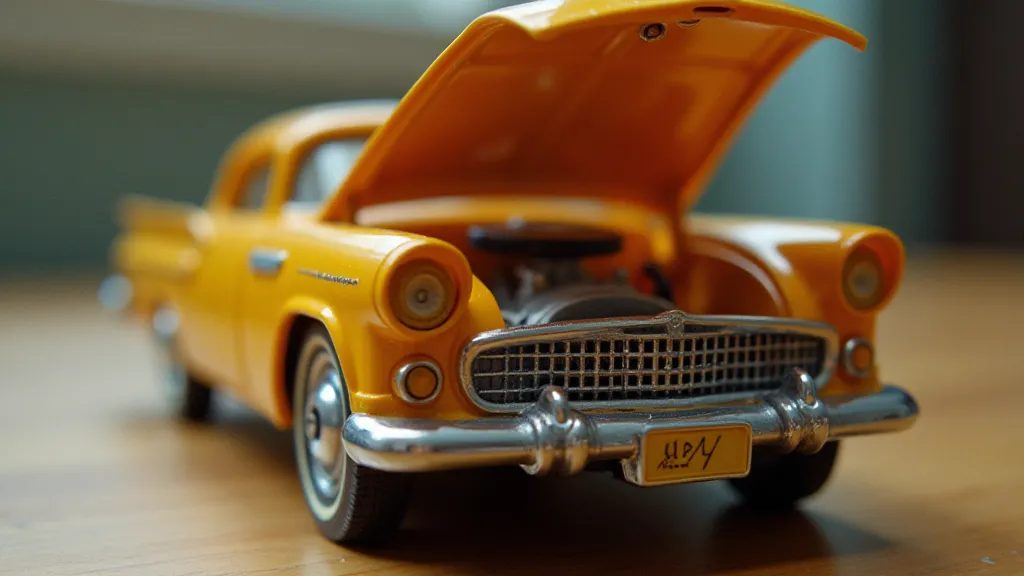
Popular Superkings Models
Certain Superkings models became particularly sought-after by collectors. Some notable examples include:
- Ferrari 156 "Sharknose": A highly desirable recreation of the iconic Formula 1 car. The design was a direct reflection of the era's racing technology and style, echoing the influence of racing and motorsport on Matchbox Designs.
- Porsche 911 RS: A beautifully rendered version of the legendary sports car. The meticulous attention to detail made it a standout piece, a hallmark of the Superkings series.
- Ford Country Squire Wagon: A popular family vehicle, faithfully reproduced in Superkings form. This model captured the essence of American automotive culture in the 1970s.
- Lamborghini Countach: Representing the cutting-edge designs of the era. Its angular, futuristic styling became an instant classic, perfectly suited for the Superkings format.
The Collector's Value: Identifying the Most Desirable Models
Determining which Superkings models are most valuable is a nuanced process, influenced by factors beyond simple rarity. While limited production runs obviously increase value, the overall condition and box quality are paramount. But even beyond condition, some models hold a special allure due to their iconic status or the technical challenge in replicating them. Understanding those factors also requires awareness of how model codes function, something clearly explained in Decoding Matchbox Car Codes: A Collector's Guide.
Condition and Rarity: The Keys to Value
The market for vintage Matchbox Superkings is driven by a discerning collector base, many of whom are serious about preserving automotive history in miniature form. As such, the condition of a model directly impacts its value. Models in pristine, unplayed condition, still within their original boxes, command a significant premium. Boxes themselves are crucial; even minor damage can detract from the overall value. The rarity of a specific model also plays a role. Some models were produced in limited quantities, either due to production difficulties or simply as part of a short-run series. Scarcity, coupled with desirability, naturally drives up the price.
Preserving Your Superkings Collection
Proper storage and care are crucial for preserving the value of your Superkings collection. Keeping them away from direct sunlight and extreme temperatures will prevent fading and damage. Original boxes, if available, should be carefully handled and stored to protect the models within. Consider using acid-free archival materials for storage to prevent degradation over time. Regular gentle cleaning with a soft cloth can also help maintain their appearance.
Beyond the Models: The Cultural Significance
The Matchbox Superkings weren't just toys; they were miniature reflections of an era. They captured the spirit of 1970s automotive design, the excitement of racing, and the burgeoning collector's market. For many, they evoke powerful memories of childhood and a simpler time. Furthermore, understanding the prices and overall desirability of particular models can give collectors a clearer picture of the relative scarcity and importance of those vehicles in the wider toy collecting world - and provides insight into The Most Valuable Matchbox Cars: Top 10 Finds.
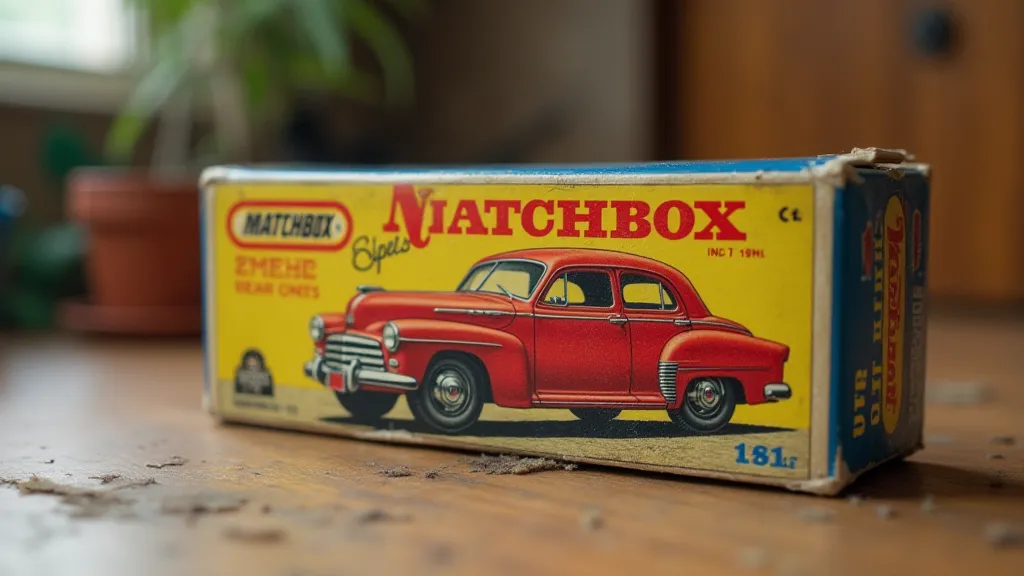
The Future of Collecting
The popularity of vintage Matchbox Superkings shows no signs of waning. The combination of nostalgia, historical significance, and increasing scarcity ensures their continued appeal to collectors worldwide. As new generations discover the charm of these miniature masterpieces, their value is likely to continue appreciating. There's a certain romanticism associated with owning a piece of automotive history, meticulously recreated in miniature form. They represent a tangible connection to a bygone era and offer a unique window into the automotive landscape of the 1970s. The evolving market continues to reward those with an eye for detail and an appreciation for the stories behind these iconic toys.
